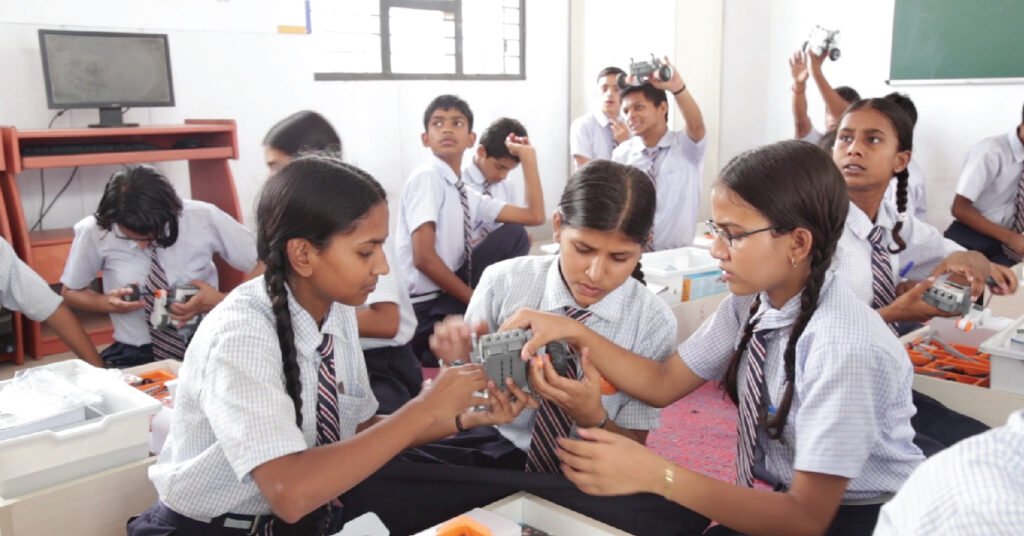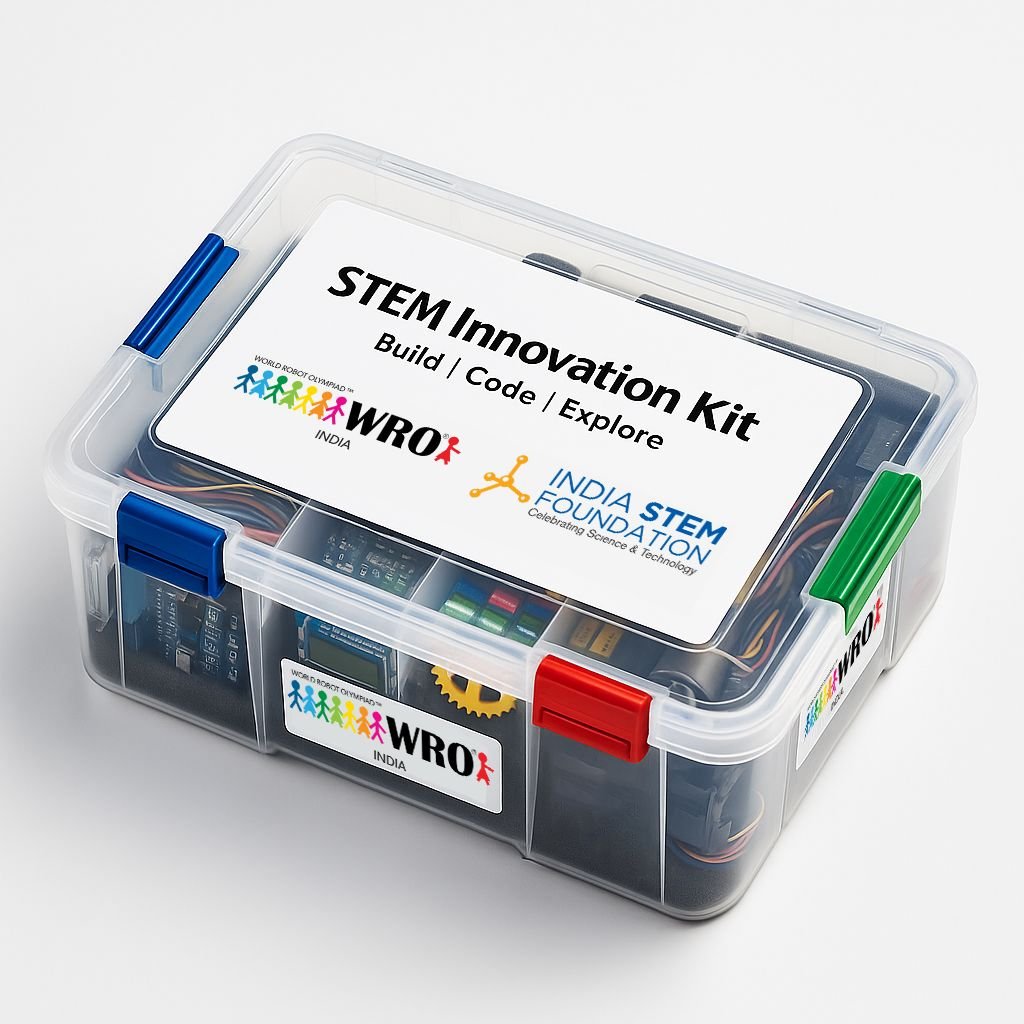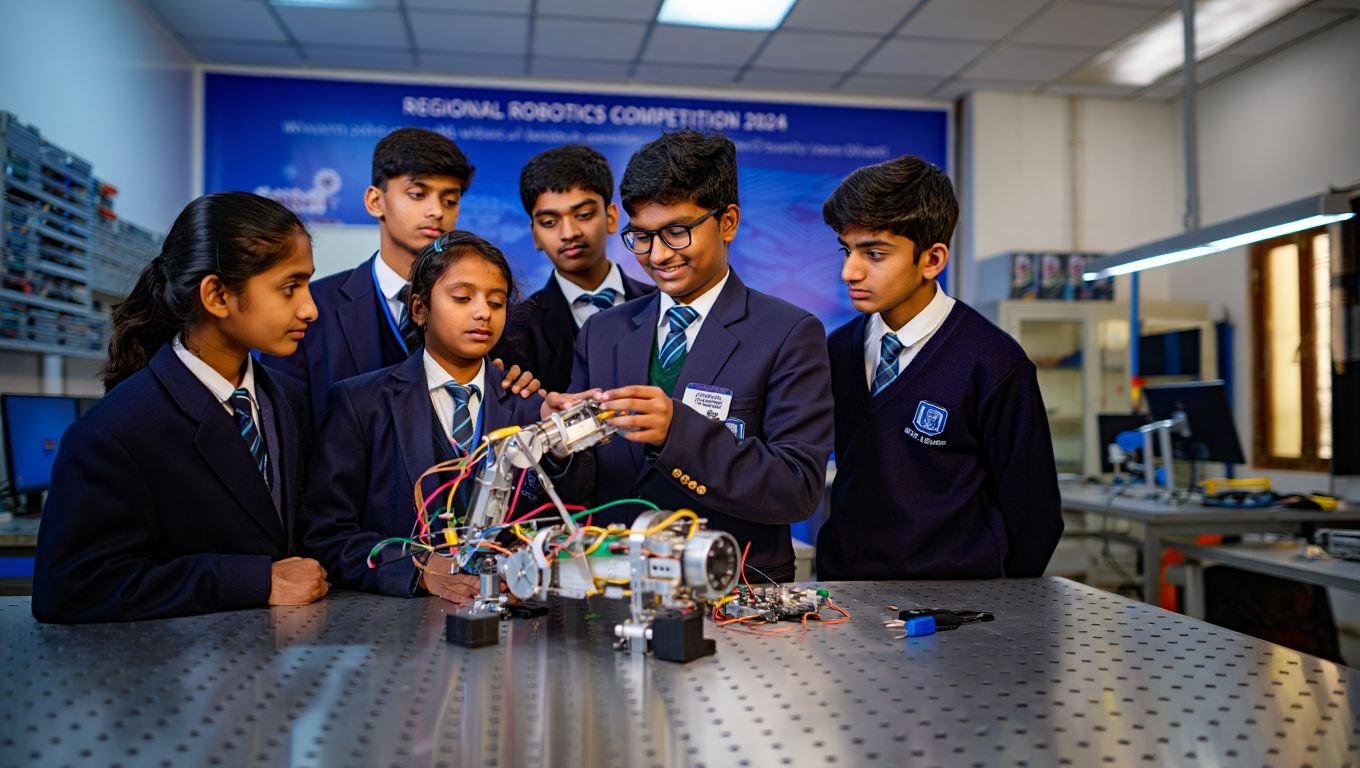In STEM fields (science, technology, engineering, and mathematics), one of the most significant obstacles that remain is gender disparity. Women are disproportionately underrepresented in STEM disciplines, according to research and statistical statistics. In comparison to men, women comprise a lesser share of the STEM workforce and are less inclined to pursue STEM-related degrees and jobs. A major detrimental impact on STEM creativity and diversity is caused by this mismatch, which narrows the spectrum of perspectives, approaches, and techniques for problem-solving. Varied ideas and solutions are more likely to be generated by a more varied STEM community, which would hasten the growth of science and technology. Diversity is crucial for fostering creativity.
Girls in STEM education are crucial because they not only foster diversity and creativity but also serve as important role models for future professionals. Their efforts serve as a catalyst for inventions that upend whole industries and pave the way for future generations. From the ground-breaking discoveries made by Marie Curie to the achievements of contemporary female scientists, engineers, and technicians, girls in STEM have always improved the field with their knowledge, ingenuity, and perspectives. In this regard, female participation is currently a major factor influencing the development of STEM fields and STEM education.
Social and Cultural Roles in the Gender Gap in STEM Education
Prejudices and cultural views significantly influence the number of girls who engage in and are represented in STEM disciplines, as STEM education makes abundantly evident. Girls face barriers in STEM education due to cultural biases and assumptions that STEM fields are better suited for men. The lack of information regarding mentors and role models in STEM fields exacerbates the under-representation of girls in these fields. Addressing the issue requires initiatives that promote STEM education for girls and inspire them to pursue careers in the field. We can challenge societal norms and provide supportive conditions to help females flourish in STEM and reduce the gender gap.
The Role of Girls in STEM is Critical
There are several significant reasons why girls in STEM fields are crucial. Diverse teams—including girls in STEM fields—may approach challenges from many angles, which fosters more original thinking and improved problem-solving. Girls’ encouragement to pursue STEM careers helps build a robust and competitive labor force, which in turn propels economic growth by filling the growing need for skilled workers. Equal opportunities in STEM disciplines contribute to the development of a just and equitable society where everyone has the potential to prosper by promoting social justice and shattering gender stereotypes. Future generations of girls are inspired to pursue STEM fields by female role models, which creates a positive feedback cycle of success and motivation. Girls bring original thoughts and imaginative methods to the table, which results in ground-breaking discoveries and innovations that promote society.
Girls must be encouraged to pursue STEM fields, and a diverse and representative workforce must be created if we are to guarantee that STEM advancements meet the needs of all people. Women in STEM make social and cultural changes that support and encourage girls to pursue STEM areas from an early age by challenging traditional gender conventions. A few of the most significant worldwide issues, like healthcare, climate change, and sustainable development, may also be helped by girls pursuing STEM fields. In conclusion, females in STEM professions and high-quality STEM education are essential for fostering innovation, expanding diversity, accelerating economic growth, and ensuring a more inclusive and fair future.
Current Barriers to Girls in STEM
One of the biggest problems that still exists in the STEM professions is the gender gap. Research and statistics constantly show that there is a lack of female representation in STEM fields. Women are underrepresented in the STEM workforce and are less likely than men to pursue degrees and careers in the field. This mismatch has a negative impact on diversity and innovation in STEM domains by reducing the range of viewpoints, methods, and problem-solving strategies available. Diversity encourages creativity, and a more diverse STEM community would generate a wider range of concepts and solutions, accelerating the advancement of science and technology. Moreover, these disparities perpetuate stereotypes and biases that restrict women’s potential and make it harder for them to excel in STEM professions. It is crucial to address this disparity for the sake of social justice as well as to advance STEM education, especially STEM for girls.
According to a Ministry of Science and Technology report, women continue to outweigh men in India when it comes to the number of people with degrees in science and engineering, with over 30% of female students choosing to study in STEM fields. Still, there remains a gender gap in the field; throughout the nation, women make up just 14% of STEM professionals. These findings highlight the glaring underrepresentation of women in STEM areas in India and highlight the need for concerted initiatives to increase diversity and gender equality in these sectors, with a focus on Girls in STEM and STEM Education for Girls.
Efforts to Promote Girls in STEM Fields and STEM Education
Girls in STEM clubs: establishing organizations or societies whose primary goal is to unite females interested in STEM fields in a supportive environment where they may develop and learn.
STEM Outreach Programs: Arranging activities, such as career fairs, seminars, and workshops, to showcase career opportunities in STEM education, with an emphasis on STEM for girls.
The STEM mentorship program: pairs girls with mentors in STEM-related industries who may act as inspiration, advisors, and role models to assist them reach their objectives.
STEM Scholarships and Grants: Reducing entry barriers by providing women seeking STEM education at various levels with financial assistance in the form of scholarships and grants.
In conclusion, In order to promote creativity and diversity, it is imperative that the gender gap in STEM disciplines be addressed. Women are still underrepresented, which results in a limited variety of viewpoints and methods for tackling problems. Encouraging females to pursue STEM not only advances equality but also adds diversity and innovation to the profession. The following generation of female STEM workers is greatly influenced by their mentors and role models. We may lessen obstacles and foster inclusion by questioning social conventions and creating encouraging surroundings. Encouraging diverse engagement in STEM will propel technological progress and lead to a future that is more inventive and equal.




